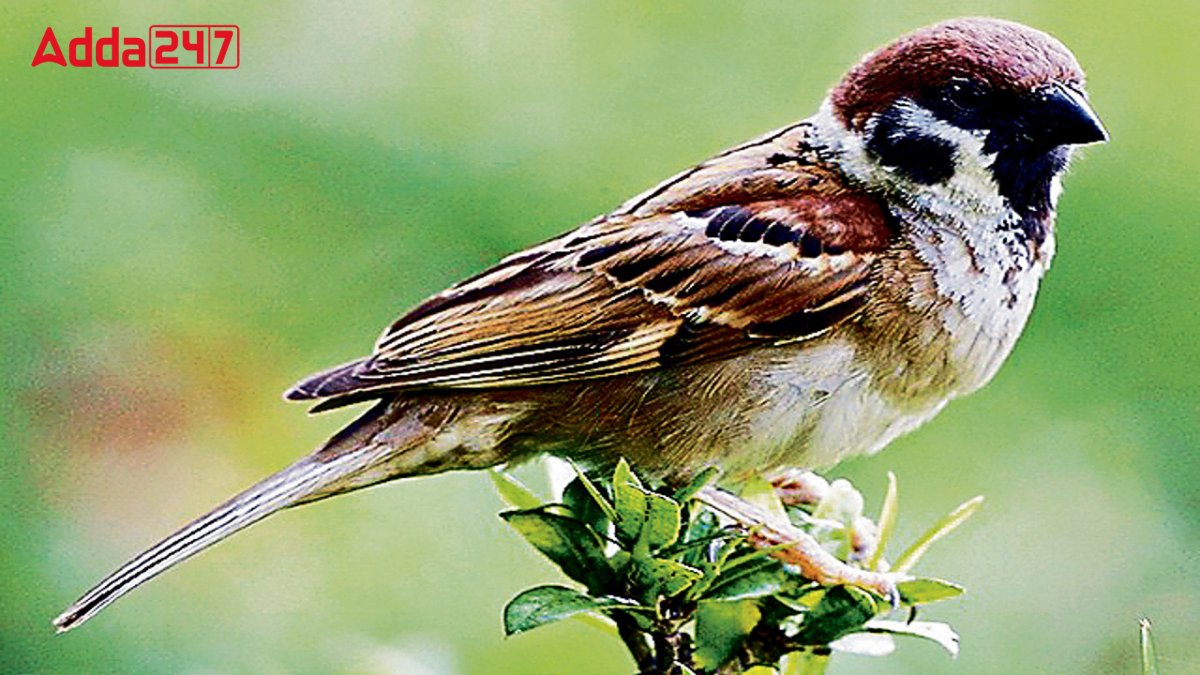Every Indian state has a unique state bird that represents its culture and natural beauty. These birds chosen for their special features, significance or presence in the region. Bihar, a state rich in history and biodiversity, also has an official state bird. This bird is known for its bright colors and is often seen in open fields and forests.
An Overview of Bihar
Bihar is a state in eastern India. It is the third most populous state and the 12th largest by area. The Ganges River divides Bihar into two parts. It shares borders with Uttar Pradesh, Nepal, West Bengal and Jharkhand. In 2000, Jharkhand became a separate state. Most people live in villages and Bihar has the highest number of young people in India. Hindi is the official language, along with Urdu.
Number of Districts of Bihar
Bihar has 38 districts, which are further divided into 101 subdivisions and 535 community development (CD) blocks. These districts help in the smooth administration of the state, making governance more efficient.
State Bird of Bihar
The House Sparrow (Passer domesticus) is the state bird of Bihar. It is a small, familiar bird often found near homes, farms, and towns. Known for its cheerful chirping and friendly nature, the house sparrow is loved for living closely with people and being a common part of daily life.
Features of the House Sparrow
The House Sparrow is a small bird from the sparrow family (Passeridae). It is one of the most common birds in the world and is found in many countries, including Europe, Asia and the Mediterranean region.
The male and female house sparrows look different:
- Male sparrows have bright black, white and brown feathers.
- Female and young sparrows are lighter in color, with brown and grey feathers.
Threats to the House Sparrow
Sadly, the population of house sparrow is declining in Bihar and across India. Some major reasons for this are:
- Loss of nestling spaces due to modern buildings.
- Pollution and use of chemical pesticides.
- Decrease in food sources like insects and grains.
Importance of Conservation
Protecting the house sparrow is important for biodiversity. These birds help in balancing nature by eating insects and spreading plant seeds. To save them, we should:
- Plant more trees and keep water for birds.
- Avoid using harmful pesticides.
- Create awareness about their importance.



 Which Indian City is Known as the Footwe...
Which Indian City is Known as the Footwe...
 Which Desert is known as the Cold Desert...
Which Desert is known as the Cold Desert...
 Top-10 News Media Companies in the World...
Top-10 News Media Companies in the World...







